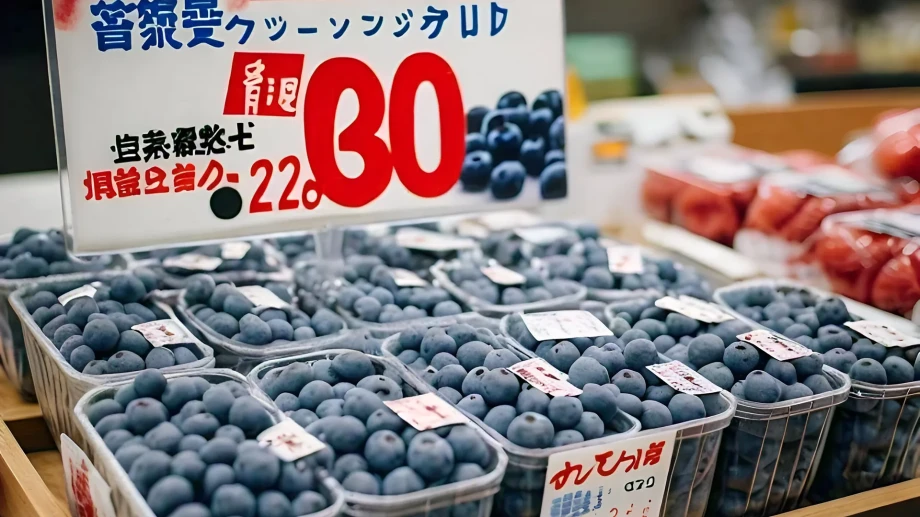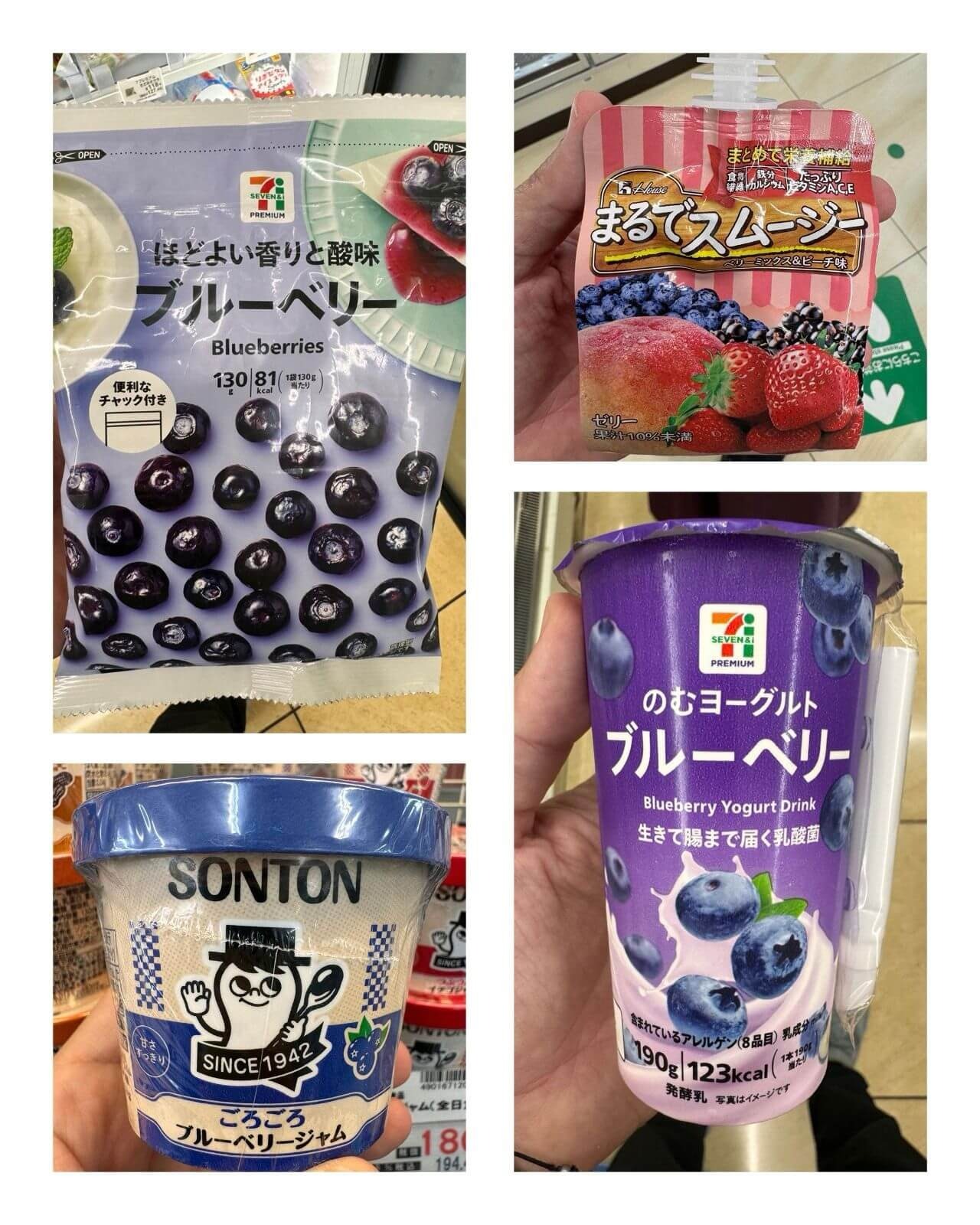The consumption of fresh blueberries in Japan has seen a significant increase in recent years. According to recent estimates, the total consumption of blueberries in Japan is expected to reach approximately 30,000 tons per year. This figure reflects both domestic production and imports, as Japan is a major importer of blueberries, sourcing extensively from other countries to meet consumer demand.
Domestic blueberry production in Japan is relatively small, estimated at just over 1,000 tons per year, indicating that the majority of blueberries consumed are imported. The growing popularity of blueberries among Japanese consumers is attributed to their health benefits and the increasing trend towards healthier eating.
David Cadena (Co-Founder & CMO of DIDIHU GLOBAL) recently visited some retail stores of major food chains in Japan and gathered some insights on fruit consumption in general, and blueberries in particular.
Fruit as a Gift to Express Esteem and Respect
In Japan, gifting fruits is a meaningful way to express respect and appreciation. This tradition dates back to the Edo period (1603-1868), when fruits were considered a symbol of luxury, accessible only to the nobility and the wealthy.
This custom is still alive for weddings or as a special gift. Some fruits, such as the Yubari melon and Shine Muscat grapes, reach very high prices at auctions, reflecting their value and exclusivity.
Presentation is very important; packaging (furoshiki) is extremely meticulous, adding a touch of refinement to this gift. This rich cultural heritage not only underscores the importance of relationships but also the attention to detail that characterizes Japanese culture.
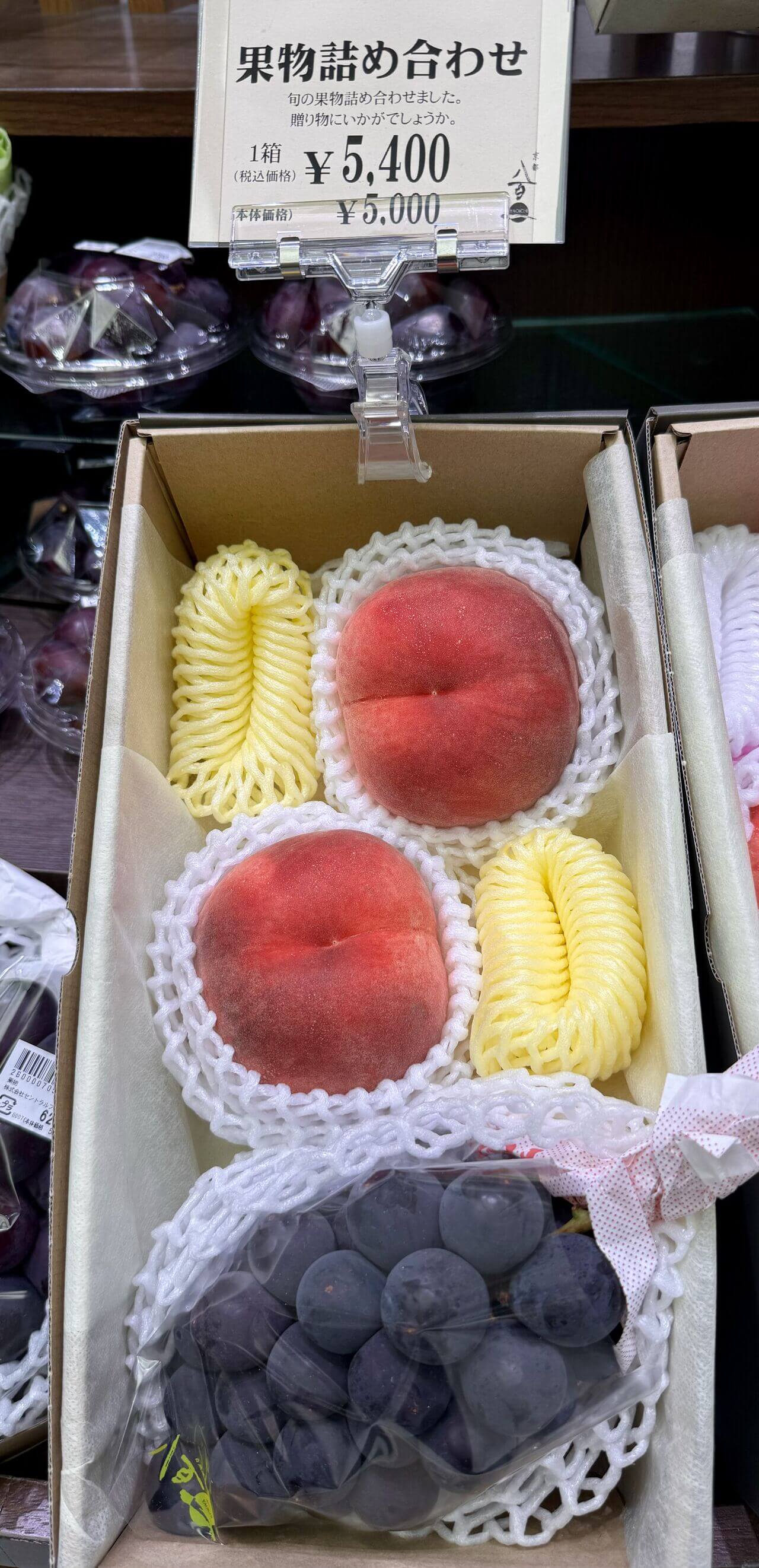
The Blueberry Superfood Boom
In the Land of the Rising Sun, there is great interest in the blueberry.
The boom of this superfood has introduced it to younger consumers, making it easy to consume. Today, it can be found in a variety of snacks, from yogurts and jams to frozen products, bars, and "pouch" packs (a very popular packaging technology in Japan). These supersnacks are convenient and very easy to consume.

The blueberry is showing a strong trend in the snack segment, greatly influencing the increase in fresh blueberry consumption.
Fresh Blueberries Still Developing
However, in the fresh market, the story is different.
In Japan, gift-giving is considered an art called "zoto." Gifting fruits is part of this tradition. Normally, these baskets called Furoshiki include melons, grapes, peaches, and mandarins. Fresh blueberries are not included. But why not, if they would be perfect for this purpose?
The interest in blueberries exists. It is considered a very popular flavor in many snack, dessert, and beverage presentations; however, in the fresh produce sections of supermarkets, it lacks two fundamental characteristics:
- Presence: I noticed a very inconsistent supply in the supermarkets I visited. In all of them, I asked about blueberries, and they indicated that it was something very sporadic. The larger volumes are locally produced or imported from the USA.
- Low Quality: Most of the supply involves Biloxi varieties. There is a great opportunity to educate the market on quality and offer them bloom, crunch, size, and brix. (It is very clear to me that Japan pays for quality when it appreciates the characteristics that make fruit unique.)
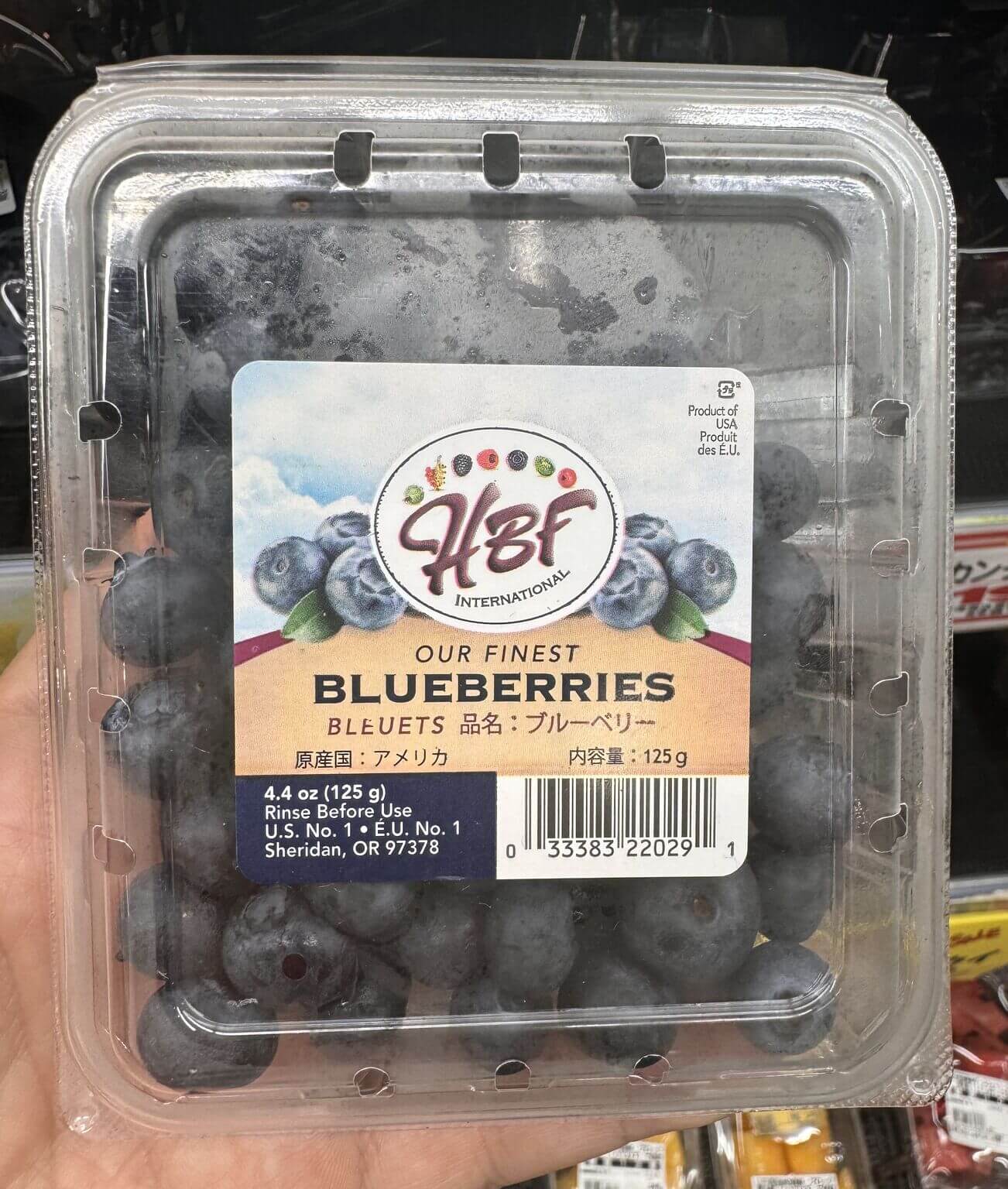
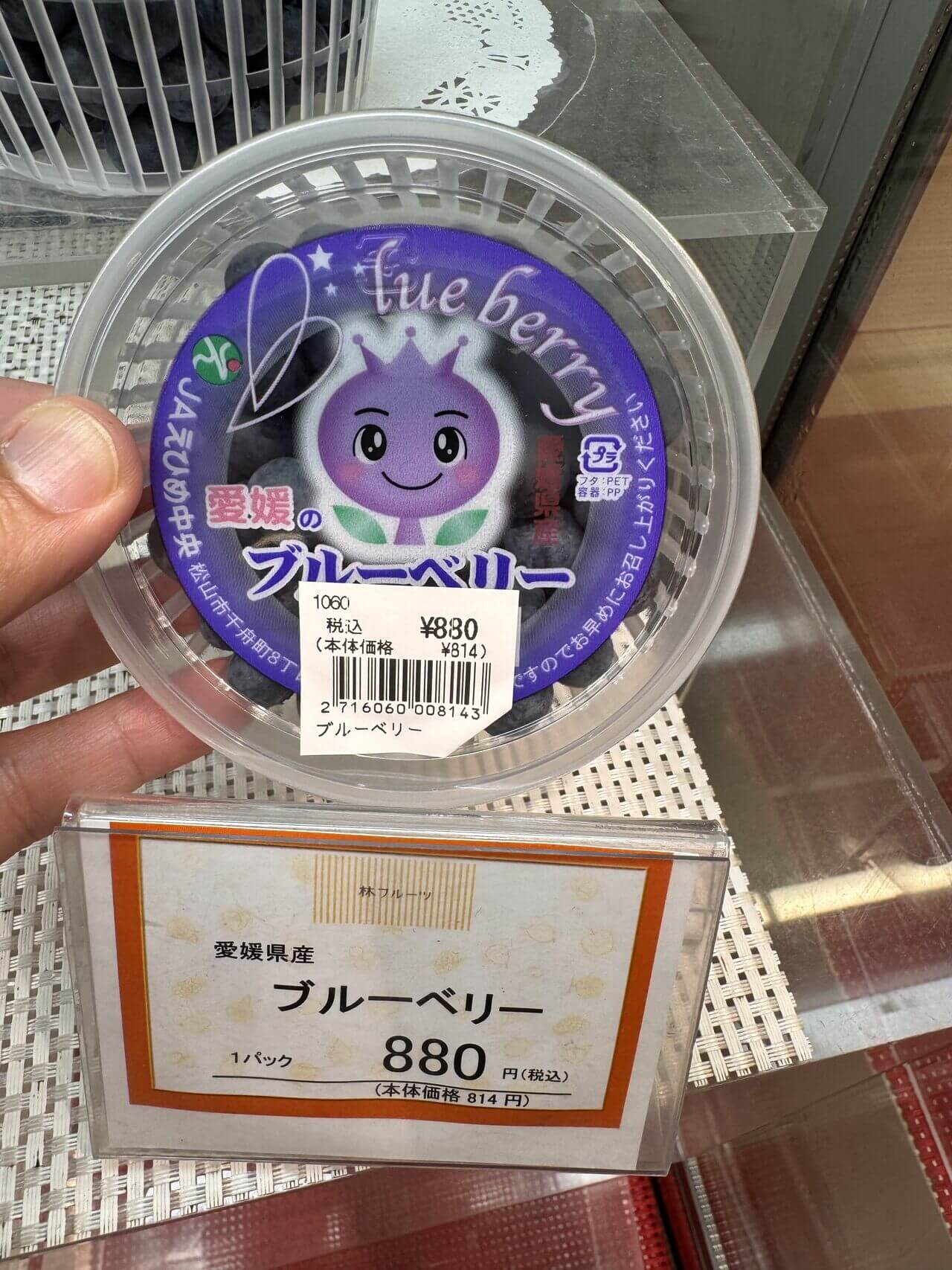
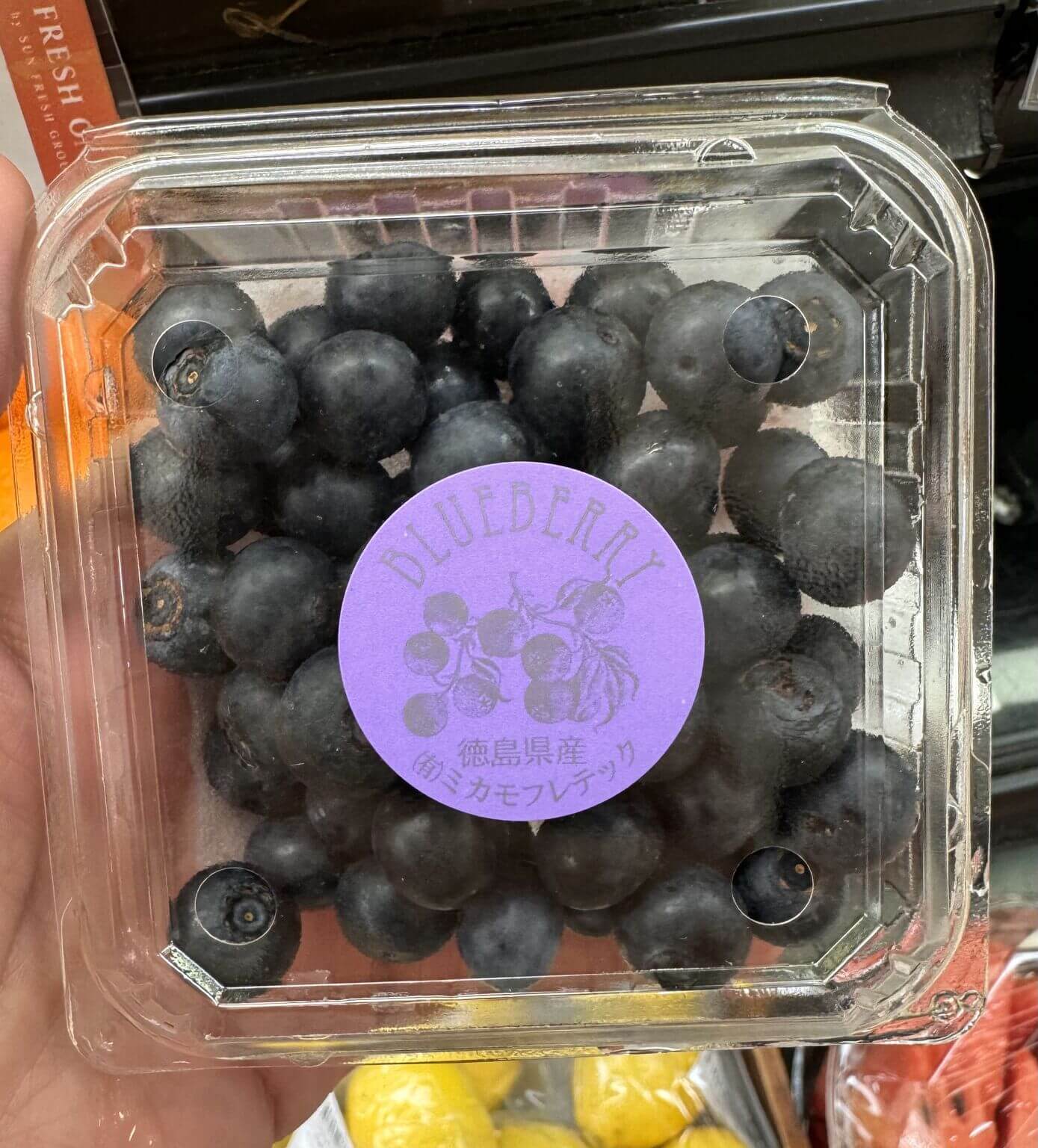
Peru and Mexico, Two Different Approaches
According to Aneberries, Mexico exported 1,100 tons of blueberries to Japan in 2023. From my experience as a consumer, this number should be higher. Of course, this requires very targeted commercial actions, but the positive side is that the trade route already exists, and a growing demand is noticeable.
Peru is working on a protocol for exportation; in 2023, the first shipment of table grapes was successfully made, setting a precedent. The goal is to reach an agreement for blueberries by 2025, which will offer a great market opportunity.
Japan is an extremely demanding market. There is much work to be done to educate the market on flavors, sizes, bloom, etc. By transferring this knowledge to the consumer, demand will be very good in the coming years.
The cover image was generated with "Imagined with AI".







